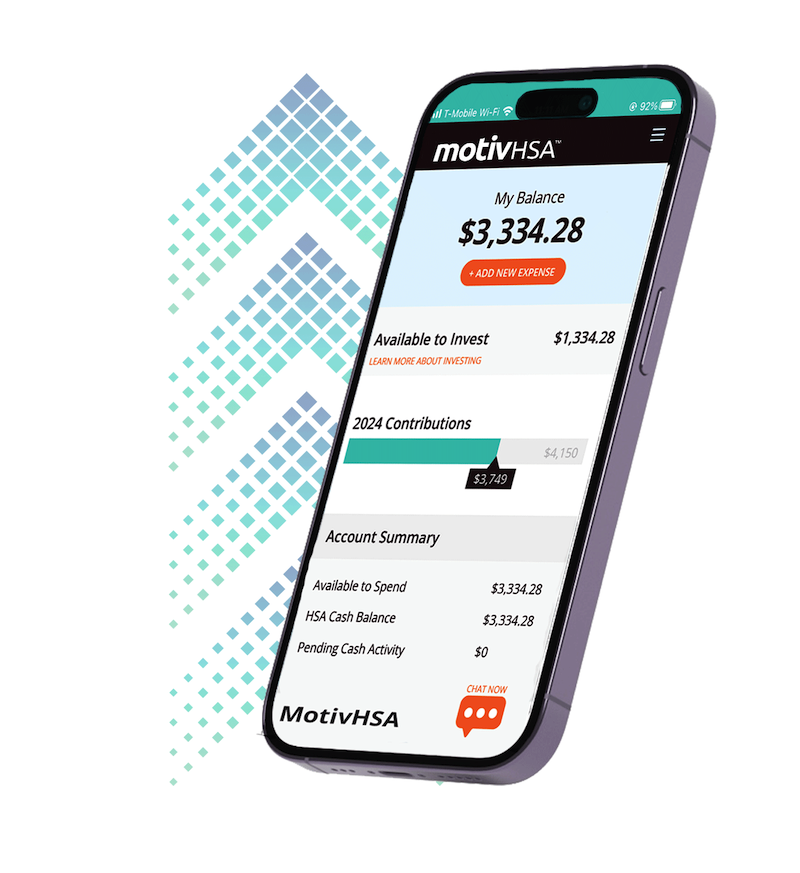Certain driving techniques, called hypermiling, can significantly increase your gas mileage. The higher gas prices rise, the more significant these techniques become.
You can literally double your gas mileage without adding anything to your engine. That is how much your driving style can influence your gas usage and, in turn, your wallet, say hypermiling enthusiasts, who are characterized by borderline insane automotive efficiency.
To get 60 mpg out of your car that is supposed to get 30 mpg you’ll have to make some sacrifices, hypermilers admit. You’ll stew in your own sweat because the a/c is a gas guzzler. You’ll fill some other drivers with rage, because rolling to stops and cruising at 50 mph on the 70 mph freeway isn’t exactly welcome in our time-driven world. The truly committed will take a corner at 40 mph rather than touch that wasteful gas pedal, which is unsafe, even if it is economical.
But employing some hypermiler techniques, in tactful moderation, can truly save you a bundle of money over time.
Gas Saving Techniques That Work
- Gradually accelerate and decelerate.
- Drive to avoid braking. This means choosing open lanes rather than fast ones, coasting to red lights, anticipating lane changes, and coasting to lower speeds rather than breaking.
- Avoid climate control. Air conditioning can take around 10 percent of your fuel efficiency, according to some estimates.
- Keep windows up at high speeds.
- Learn your engine’s efficiency point, which is the RPM that uses the least amount of gas. For most cars, this is around 55 mph.
- Keep your tire pressure up.
- Use your momentum. Anticipate red and green lights so you never have to come to a complete stop.
- Remove extra weight from your trunk.
- Keep your car in good maintenance.
- Don’t speed. Fueleconomy.gov estimates that aggressive driving can decrease highway gas mileage by a third.
- Don’t idle when you can turn off the car. Anything over 10 seconds of idling uses more fuel than shutting off and restarting your vehicle.
- Use cruise control. It applies the throttle more smoothly, reducing fuel consumption.
The bottom line is to drive your car like you’re playing a beautiful violin sonata rather than competing at Daytona. Drive a bit slower, go gentle on the gas pedal, minimize idling, and use cruise control on longer trips. And, speaking of Daytona, it’s possible on those longer trips to “draft” behind big rigs, removing the wind-resistance your engine must work against. Perhaps we should leave the drafting to racers, but it highlights the concept of how the more you make your car work, the more energy it consumes, and the more money it costs you.
How Much Does This Matter?
Fueleconomy.gov estimates that for most cars, driving 5 mph slower could save upwards of $0.30 per gallon of gas. Their website allows people to enter your car information and find out how much they would save by driving at different speeds.
For my car, driving at 70 mph versus 75 mph on the freeway would save me $0.34/gallon, the form says. For my 12-gallon tank, at the price of $3.00/gallon, I’d save more than four dollars every time I fill up.
Add other driving techniques from the list above, and I’d end up saving a substantial amount of money, especially over the course of a year. I fill up about twice a month, or 24 times a year (though this might be less if I employed some hypermiling techniques). 24 multiplied by $4.00 is $96. I can reasonably expect to save more than $100 a year with very un-extreme hypermiling techniques.
$100/yr
How much money one can expect to save by employing only the simplest hypermiling techniques.
All tips and tricks aside, the no. 1 way to save on gas and fuel consumption is to simply drive less (it’s really easy just drive less on your road trip, okay?). Plan and consolidate your trips. You can cut your miles, and hence the money you spend on driving, by simply coordinating your errands better, combining trips, and being smart about the number of trips you take.




No Comment